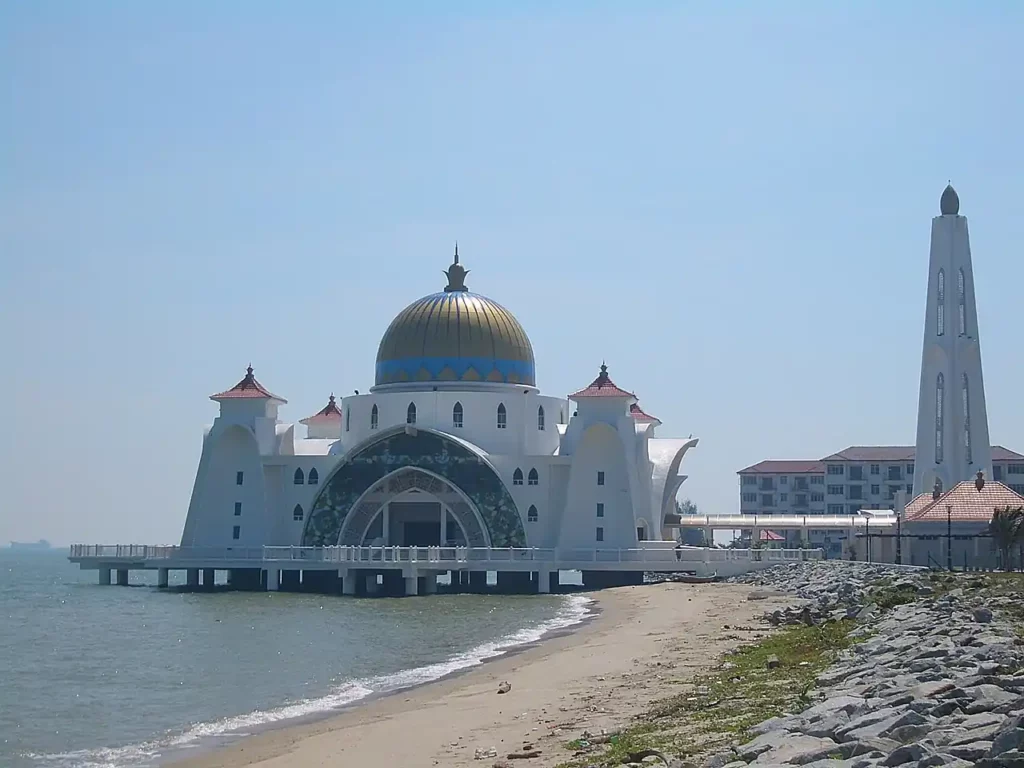
On October 31, 2025, word spread through Malaysian news; archaeologists had stumbled on something remarkable off Pulau Melaka’s coast. They’d uncovered the remains of a huge wooden ship, somewhere between 160 and 230 feet long. Dating puts the wreck at 1,200 to 1,300 years old, which means it’s centuries older than the founding of the Malay Sultanate of Melaka in the 13th century. It’s a find that doesn’t just rewrite a few lines in the history books; it cracks them wide open. Suddenly, early Southeast Asian seafaring, trade, and shipbuilding look a lot more sophisticated than many people thought.
Digging into Context
Melaka’s a name that pops up a lot in Southeast Asian history. Sitting on Malaysia’s southwest coast, the old port city controlled the narrow Strait of Malacca, a vital waterway linking the Indian Ocean with the South China Sea. By the 1400s, the Sultanate of Melaka was a magnet for traders from China, India, the Middle East, and all over. Even before the sultanate’s official founding, the place buzzed with local settlements and lively maritime trade.
Lately, maritime archaeologists have been busy all over Malaysian waters, looking for wrecks, ancient ports, and clues to old trade routes. Discoveries like the 10th-century wreck at Tanjung Simpang Mengayau in northern Borneo show just how deep these trading roots go. But this Pulau Melaka shipwreck? It’s a game-changer for the western peninsula; a rare, early piece of the puzzle.
Finding a ship from the 8th or 9th century proves that big ships and skilled sailors weren’t just a thing after Melaka’s sultanate started. History might need a rewrite. Clearly, organized maritime life thrived here long before official kingdoms left their mark.
The Discovery Itself
The wreck sits just off Pulau Melaka, near the old city. The first clue was a wooden plank from the hull. After that, Malaysia’s National Heritage Department, the Melaka Museum Corporation, and Universiti Kebangsaan Malaysia jumped in to dig deeper. The team worked over a 12-by-12 meter patch, and early measurements put the ship’s length at 50 to 70 meters.
They sent two wood samples for radiocarbon dating, which landed in the 13th century. The shipbuilders used local woods: saga and merbau; so the ship probably came together nearby, not imported from afar. That points to local shipwrights who knew what they were doing.
The crew also pulled up bits of porcelain and coins; some from Sultan Mahmud Shah’s time. Clearly, this ship was tangled up in regional trade networks. To keep the site safe from looters, the Melaka government quickly locked it down as a restricted area. There’s talk of preserving and eventually showing off the ship in a museum.
What the Wreck Tells Us
Building a ship this big takes skill: hull design, timber work, joinery, the lot. Using local timber just shows how sharp the shipbuilders were with what they had.
Finding trade goods on board means Pulau Melaka wasn’t just a sleepy outpost; it played a real part in the shifting tides of commerce. The ship’s size hints it might have carried cargo for coastal or regional trade, maybe even for someone important. All of this adds another layer to the idea that organized maritime traffic was alive and well here before the sultanate.
This discovery pushes historians to reconsider Melaka’s origin story. Here’s solid proof that ships, trade, and maritime networks existed before Parameswara, the legendary founder, ever showed up. Maybe Melaka’s rise just built on something already strong and thriving.
Questions and Next Steps
For all its excitement, the find still leaves a lot up in the air. Dating needs double-checking, sometimes old wood gets reused, so more samples will help. We still don’t know exactly what the ship hauled or who owned it, and there’s always the risk that silt and mangroves could damage what’s left. Careful conservation matters now more than ever. And before anyone rewrites the history books, the site will need more research and peer review.